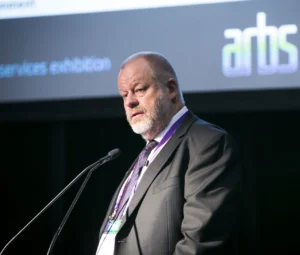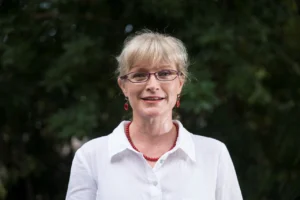Page 8
AIRAH
AIRAH’s latest news and developments in the fields of advocacy, training, conferences and events, and membership.
-

Stefan Jensen, F.AIRAH
Since leaving his native Denmark in 1983 for brighter opportunities abroad, Stefan Jensen, F.AIRAH, has become a stalwart of the Australian refrigeration industry and a champion of ammonia systems.
-

Jo Kieboom, M.AIRAH
Jo Kieboom, M.AIRAH, is Senior Engineer Ecological Sustainability for the Department of Infrastructure, Planning and Logistics – Northern Territory government.
-

Rebecca Andrews, Affil.AIRAH
Ecolibrium checks in with a young engineer working for A.G Coombs Projects, based in Moorabbin in Melbourne’s south-east.
-

Joel Seagren, M.AIRAH
Ecolibrium breaks bread with Fantech’s National MVHR (HRV) Solutions Engineer.
-

COVID operations
AIRAH’s Infection Control and Operating Theatre Practices Special Technical Group has published a document considering common COVID-19 practices in operating theatres.
-

AIRAH launches IAQ Assembly
AIRAH has launched the IAQ Assembly, a free suite of videos, guides and articles that reflect the latest thinking on indoor air quality and preventing the airborne spread of COVID-19.
-

Next-generation fault detection for commercial building HVAC systems
Modern commercial buildings are becoming more complicated as the number of sensors, actuators and control loops increases. The building management system (BMS) used to control these components will often generate equipment faults and anomalous behaviour, which causes energy waste, thermal discomfort, and drives up maintenance costs. Such system failures may last for a long time before a facility manager or technician notices them. This necessitates the use of automated fault detection and diagnostics (AFDD) tools to detect operational faults and identify their root causes to ensure fault-free operation.
-

Moderating the impact of integrating water-cooled servers into data centres
Air cooling has worked well for systems that deploy processors up to 150W, but IT equipment is now being manufactured with processors well above 150W where air cooling is no longer practical. The power for one company’s graphics processor unit (GPU) is currently at 300W. Another company produces a CPU announced at 205W and a many integrated cores (MIC) GPU announced at 320W.